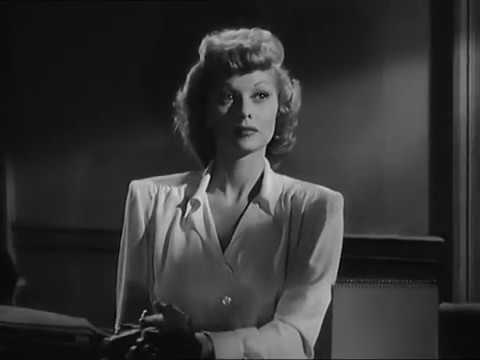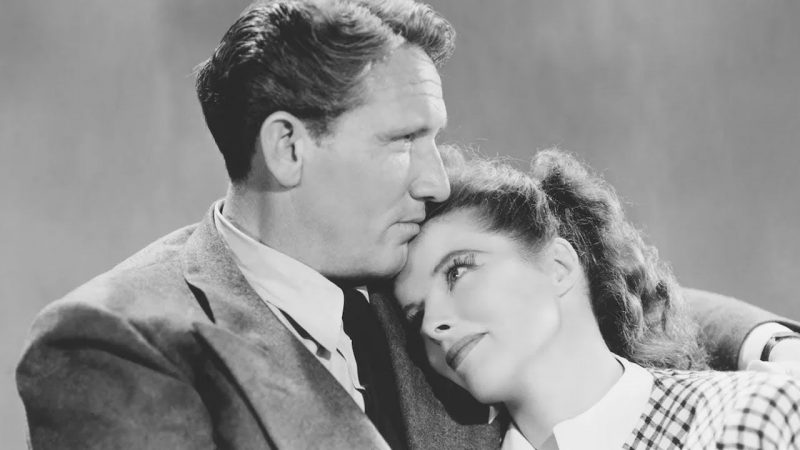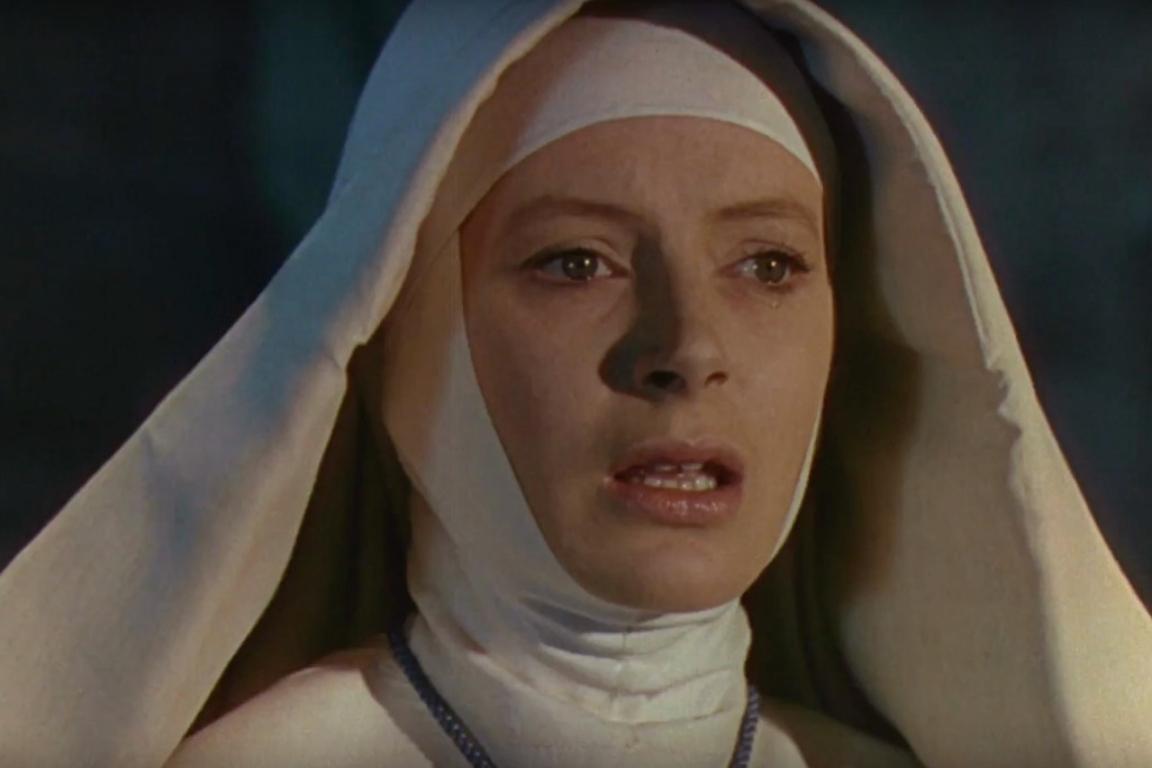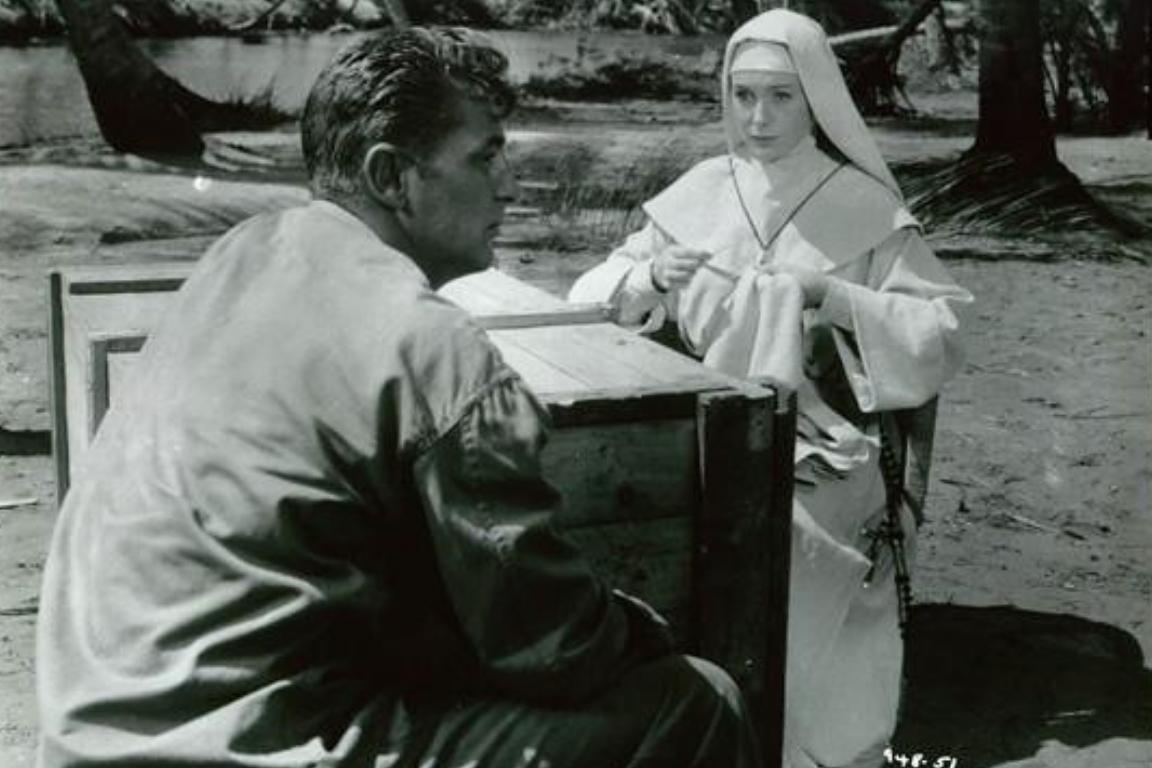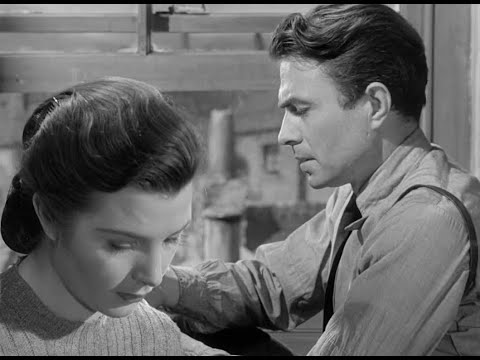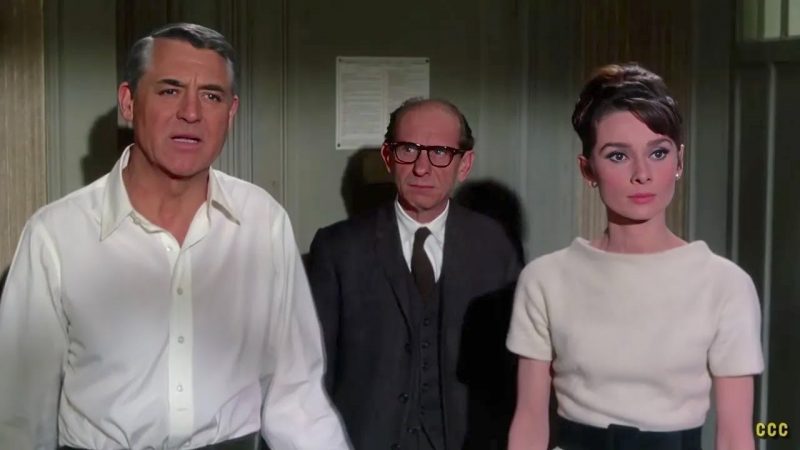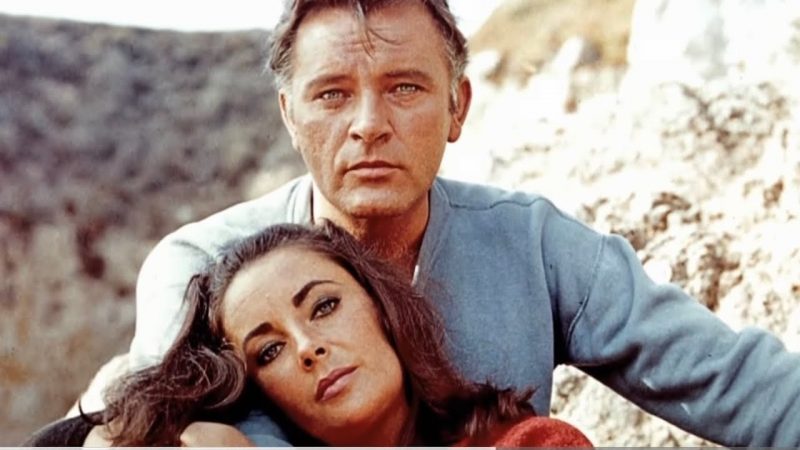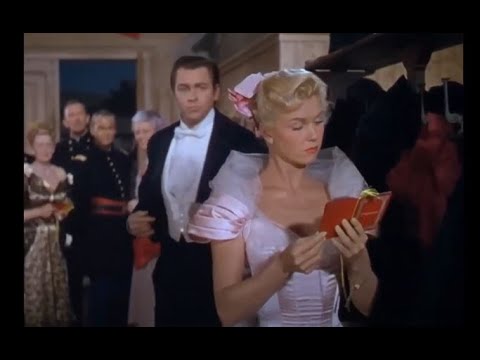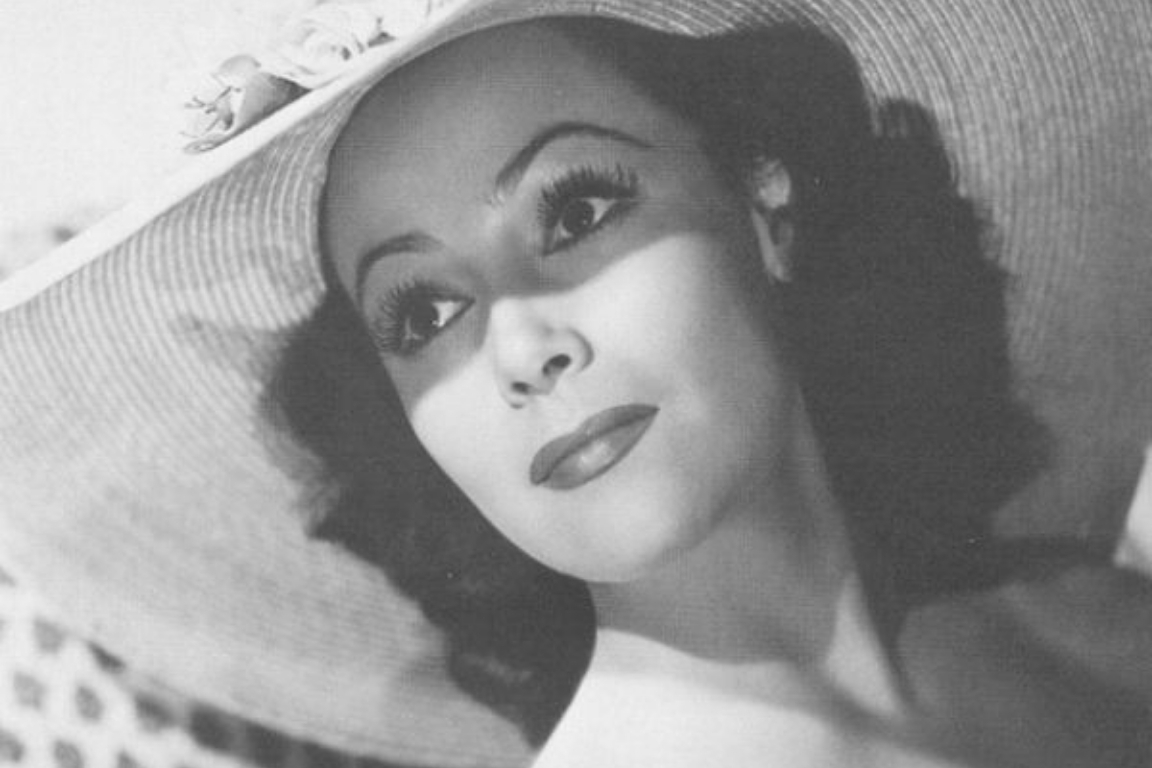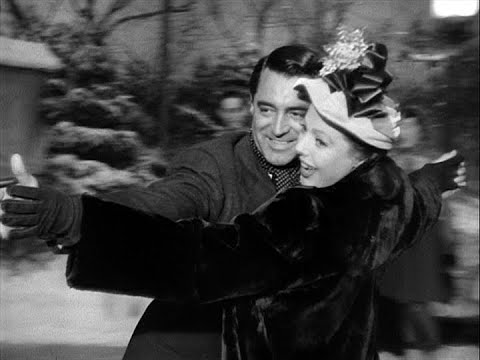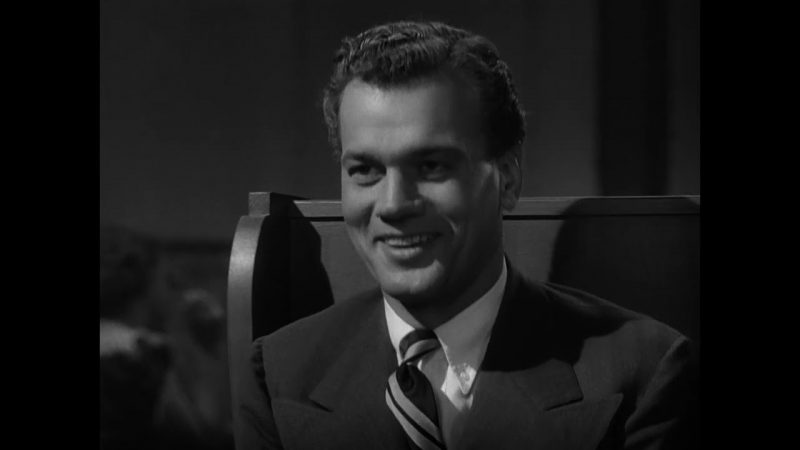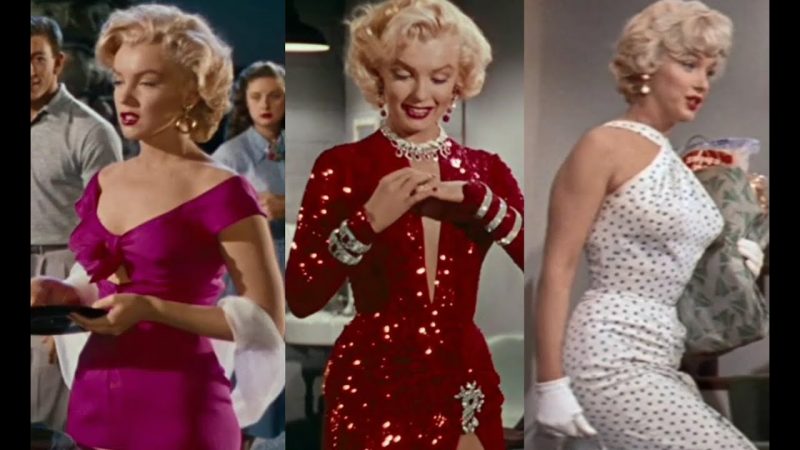Lucille Ball’s comedic mastery is best illustrated in her iconic role as Lucy Ricardo in I Love Lucy, although she had far more accolades to her name before and after this timeless sitcom. Here, we present the definitive list of Lucille Ball’s greatest movie roles. We have included our personal highlights and honorable mentions of some of her noteworthy supporting parts.
As she was a master of physical comedy, it was no surprise that some of Lucille Ball’s best work came in slapstick comedies, such as Follow the Fleet and The Fuller Brush Girl. These two pictures demonstrate her gift for perfectly capturing every nuance of a gag and making it infectious for audiences at home.

